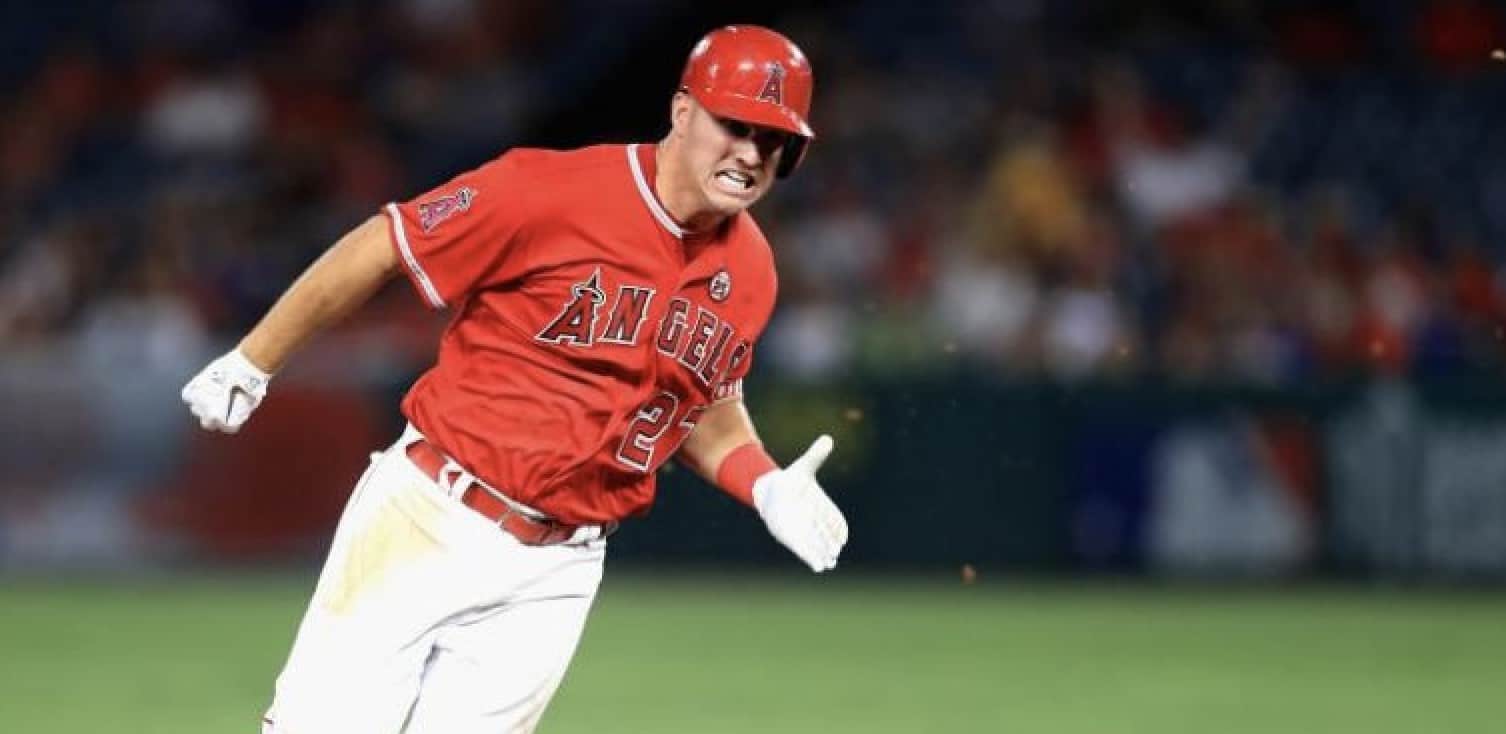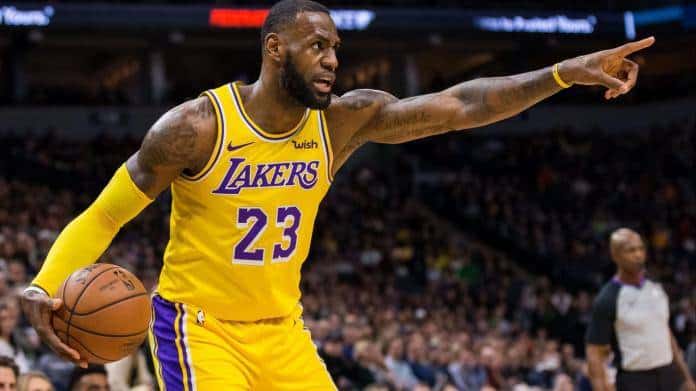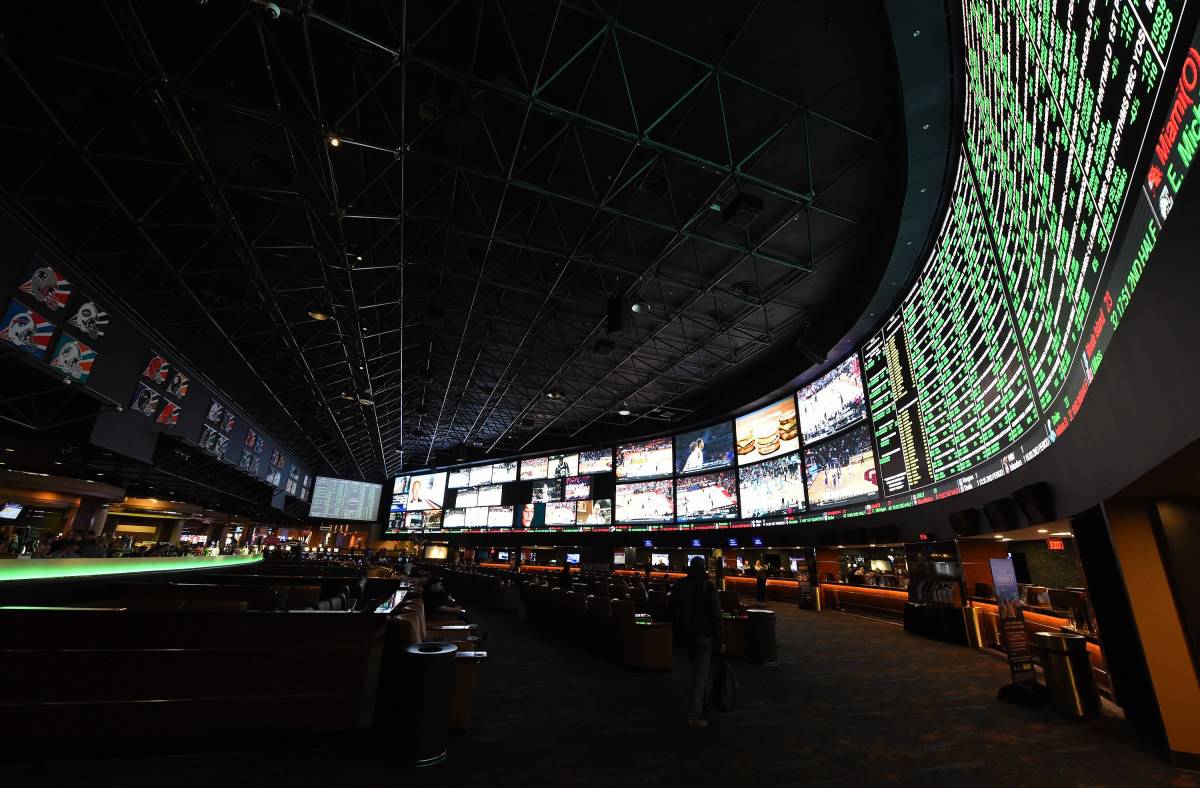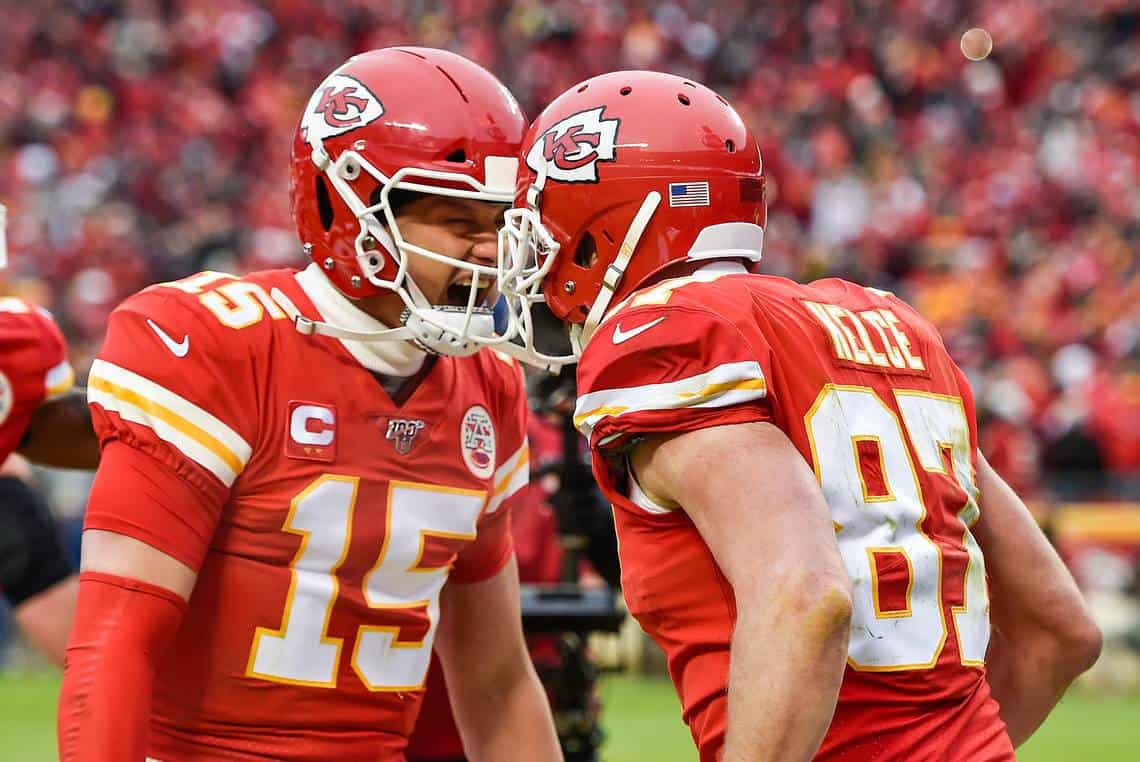2024 Belmont Stakes Betting
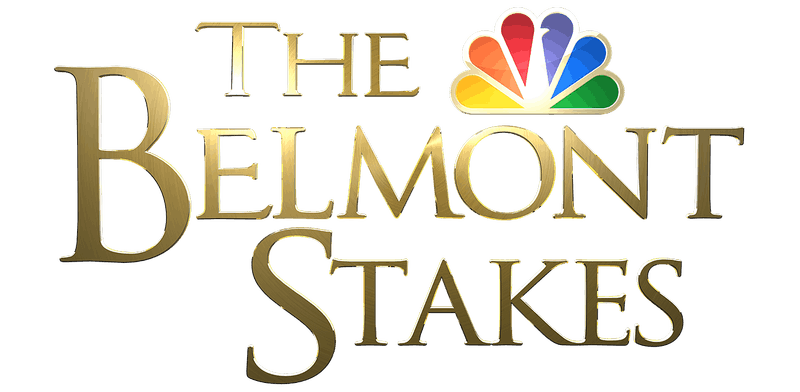
The Belmont Stakes is usually the third and final leg of the Triple Crown held on the second Saturday in June following the Kentucky Derby and Preakness. It is a Grade 1 Stakes event for three year olds run at a mile and a half run at Belmont Park in Elmont, NY. Only some of these conditions were maintained in 2023. In 2023, the Belmont Stakes was held in late June at its usual venue. In 2018, 90,327 fans watched Justify complete his electrifying run to become the thirteenth Triple Crown winner in history. In 2020, the race was held without fans and due to the rescheduling of the other Triple Crown races became the first leg of the three race series. The Kentucky Derby is usually the first leg of the Triple Crown but was the second race in the sequence run on September 5. The Preakness Stakes became the final of the three Triple Crown races when it was run in Baltimore on October 3.
Other changes to the usual Triple Crown dynamic were also in play during 2023. In most years, one of the primary challenges of a Triple Crown contender is the brutal scheduling of the three races. There are only two weeks between the Kentucky Derby and Preakness and three weeks between the Preakness and Belmont. Running three high level races against top competition in just over a month is extremely difficult for any horse. In 2023, the scheduling was not an issue with three months between the Kentucky Derby and Belmont and another month between the Belmont and Preakness. The 2020 race was won by Tiz the Law and at the time many tabbed him as a legitimate Triple Crown contender. Instead, he would be upset by 8-1 choice Authentic at the Kentucky Derby. Authentic then went off as the Preakness Stakes favorite only to be upset by 6-1 choice Swiss Skydiver.
Among horse handicappers, the Belmont’s distance of a mile and a half might be its most iconic trait. This is a distance that few, if any, three year olds will have run before which makes stamina a very important component of a handicap. The Belmont has been run at a distance of 1 ½ miles since 1926 and that has been a significant component of the challenge it presents. It also makes it a more tactical race than either the Kentucky Derby or Preakness. With more distance in which to make adjustments and re-calibrate strategy a good jockey is as important to Belmont victory as a strong horse.
Since the 2020 Belmont became the first race of the Triple Crown sequence the distance instantly became an issue. The COVID-19 pandemic had forced the cancellation or postponement of many prep season races further complicating the process of preparing a horse to move up in class. For the good of the horses involved the decision was made to shorten the distance of the 2020 Belmont Stakes to 1 1/8 mile. There was no argument about the justification for the truncated distance but it did add another challenge to handicapping the race.
This betting guide is being written in late 2020 with the COVID-19 pandemic still a significant issue. At this point, there’s no way of knowing what—if any—impact the pandemic will have on the 2021 race. Best case scenario, some degree of normalcy returns to the horse racing world in general and the Belmont Stakes in particular. To make sure we prepare readers for all possible contingencies we’ll focus primarily on the way the Belmont Stakes is ‘usually’ run but still address the unique nature of the 2020 race where necessary. It’s important for a horse handicapper to ‘think on his feet’ and that is doubly important during the COVID-19 era.
There is one challenge to writing a quick overview to horse racing and handicapping that hasn’t changed. It’s always a challenge to distill all of the information available down to a few actionable points. Horse racing is a sport that has produced thousands of books over decades of time covering every imaginable nuance of the discipline. At the same time, much about the way horse races are run and evaluated have not changed much for well over a century. That reality is part of the appeal of the sport—horse racing is an always evolving challenge rooted in tradition.
HOW TO BET ON THE BELMONT STAKES
The Belmont Stakes is one of the biggest horse racing events in the United States every year but in terms of the ‘nuts and bolts’ of betting it isn’t much different from any other race. There may be more money and prestige involved but the process of betting the event is identical to betting a midweek maiden special claiming race at a horse track anywhere in the country. Once you understand the various options you have for where to bet the Belmont Stakes and the different types of bets you’ll find offered you’ll be ready to bet any horse race on the board.
OFF TRACK VS. ON TRACK BETTING
The distinction between ‘on track’ and ‘off track’ betting is getting muddied as technology and logistics forces their convergence. The technical difference is that with ‘on track’ betting you’re betting into the parimutuel pool under the auspices of the state regulatory body that governs horse racing. Any other scenario and you’re technically betting ‘off track’. Even as their definition evolves the terms are still used enough in horse racing to justify explaining them in detail.
At one point in history, off track betting referred primarily to facilities away from the race track but still under the operation of the same regulatory body. The best known off track betting setup was the New York off track betting system—betting parlors were at one time ubiquitous in New York City and designated by the initials ‘OTB’. Unfortunately, the NYC OTB stores are no more, victims of mismanagement and corruption. Ironically enough, those OTB locations had more in common with on-track betting since they were operated by the same oversight body as the racetracks.
It gets more confusing—for the purposes of our discussion we’ll definite ‘on track betting’ as any bet you actually place at the track on a race being run that day. To be considered ‘on track betting’ for the Belmont Stakes you’d have to physically be in Elmont, NY at Belmont Park playing your wager at a ticket window or betting kiosk. To further complicate matters, many North American horse tracks offer simulcast wagering which allow players to bet on races and tracks from all over the world. This means that on the same day at the same track you could bet ‘on track’ for the live races you’re watching and ‘off track’ for races taking place at a track on the other side of the country.
One similarity between off track and on track betting—in both circumstances you’ll be betting based on parimutuel odds. This is true whether you bet online, in an off track wagering facility or at a Las Vegas racebook we’ll explain parimutuel odds in detail in the next section but for now it’s enough to understand that they’re an odds format exclusive to a few betting disciplines such as horse racing, greyhound racing and jai-alai.
For a big event such as the Belmont Stakes, there’s a third type of betting offered. Many land based and offshore sportsbooks will take bets on a race using the same fixed odds formats that you’d find on any other sporting event. Until recently, these were not usually offered on anything but major races like the Belmont Stakes, Kentucky Derby or Breeders’ Cup. That changed during the sports shutdown caused by the COVID-19 pandemic. Horse racing was one of the first sports to get back in action and for that reason sportsbooks quickly found a way to offer betting options on the daily race card. Many of the new betting options that evolved during the COVID-19 pandemic could be here to stay and the wider availability of fixed odds horse betting at sportsbooks will likely be one of them.
UNDERSTANDING PARIMUTUEL ODDS
If you’re familiar with sports betting, it isn’t difficult to understand the process of betting on a new or unfamiliar sport. The rules may be different, the handicapping process different but most sports bettors can quickly assimilate how odds are set and how to bet them. If you’re familiar with betting NFL pointspreads it doesn’t take long to understand how to bet Australian Rugby. If you can bet baseball, it’s a simple transition to betting on soccer from Europe. One primary reason for this is that most sportsbooks (betting exchanges are one exception) use fixed odds betting. If you bet a football game, you get a ticket with your stake and pointspread on it. These numbers don’t change even if the line moves once you leave the betting window.
Horse racing is a different story. It is one of few sports where betting is rooted in the parimutuel odds format. The two other sports where parimutuel wagering has historically been used are becoming highly marginalized to the point of irrelevance in the 21st century—greyhound racing and jai-alai. For this reason, you might not see parimutuel odds being used anywhere except the horse track.
Parimutuel odds aren’t difficult to understand but if you’re used to betting on sports it can take a little time to wrap your head around them. In sports betting, you’re technically betting ‘against the house’ and not the other bettors. In horse racing conversely, the use of parimutuel odds means that when you play the horses you’re competing against against the other bettors wagering on the same race. The role of the ‘house’ is simply to facilitate the betting process by acting as the middleman. In exchange for handling the money, it extracts a fee in the form of a percentage out of the parimutuel pool. ‘Parimutuel pool’ or ‘pool’ is a term that you’ll hear often in horse racing and is simply the total amount of money bet on all horses in a specific race.
Another major difference from sports betting is that the payout odds on winning horses are determined after the race is run. When you place a sports bet a NFL football game your bet is graded by the price on your ticket which represents the pointspread/odds when you make your bet. If you bet a NFL favorite at -2.5 and subsequent betting moves the odds to -3.5 your bet is still graded at the more advantageous -2.5 price. In fact, shopping for the best prices in a betting market and timing bets is an important part of advanced sports betting.
Horse racing is completely different due to the use of parimutuel odds. If you bet a longshot at 75/1 you may or may not be paid off at this amount if the horse wins. It all depends on what happens in the parimutuel pool between the time you place your bet and the time the race is run. If you bet your 75/1 longshot an hour before post time but for one reason or another it takes heavy action after that you’ll see your horse go off at a much lower price. The opposite is also true—you may bet a horse at 25/1 and due to higher betting action on the other horses in the field might watch him go off at an even higher price.
This concept is especially important for major racing events such as the Belmont Stakes due to the large number of casual players and recreational bettors in the pool. The most popular betting horse will end up as the favorite but that could be as much due to a catchy name or mainstream publicity as it is indicative that he is the best equine competitor in the field. The flipside is also true—long odds on a horse doesn’t necessarily indicate a bad or overmatched horse. It simply indicates that for whatever reason the betting public isn’t ‘investing’ on a particular entry. Since like sports betting, successful horse betting depends on understanding the concept of ‘value’ these ‘unpopular’ horses are often good to look at for a possible wager.
STRAIGHT BETS
The term ‘straight bet’ is well known by sports bettors and it means any bet on a single betting proposition such as a team in a football game or a fighter in a boxing match. They’re also the fundamental type of bet at the horse track. Even if they know nothing about horse racing most people have heard the terms ‘win, place or slow’. They’ve become part of the mainstream vocabulary and they’re the three different straight bets that you can make at the race track. They’re simple to explain but understanding why you might choose to make one instead of another is a tactical concept that is well beyond the purview of this betting introduction. They’re usually the ‘safest’ type of bet at the horse track but are offered at lower odds than the other type of parimutuel bet called ‘exotic’ bets.
Straight bets in horse racing couldn’t be easier to understand. A ‘win’ bet means that the horse you’ve selected must win the race for you to get a payout. A ‘place’ bet means that the horse must win the race or finish second for you to cash a ticket. A ‘show’ bet means that the horse must be one of the top three finishers in the race. That’s really all there is to straight bets. You decide how much you want to wager on a horse to win, place or show and if successful you’ll be paid at the prices quoted on the track’s toteboard after the race.
EXOTIC BETS
Exotic bets are similar to parlays in sports betting and unlike straight bets the type of exotic bets available to a horse player is always changing and evolving. Understanding how they came into being will help you understand why this is true. As you may know, during the early part of the 20th Century horse racing was the most popular sport in North America. A major reason for this was simply a lack of competition. Legal gambling began in Nevada in 1931 but outside of the Silver State there were few, if any, ‘above ground’ betting options. Fans enjoyed the excitement of watching top horses race but a more important reason for the sport’s booming popularity was the simple fact that you could bet on it.
That changed in the late 20th Century and the venerable horse track faced a wide variety of competition for the consumer’s gambling dollar. Casino gambling became available all across the country. Even areas that didn’t have a casino nearby did offer a state lottery with increasingly complex and high paying games. Horse racing’s simple ‘win, place and show’ with low payout odds weren’t appealing to a generation raised on the ‘bet a little to win a lot’ mentality of progressive slot machines and multistate lottery games. For this reason, the ‘exotic bet’ became an important part of the horse racing wagering mix.
There are two types of exotic bets—multi horse and multi race—and no matter how complex a specific bet might be they all come back to one of these two types. A multi horse exotic is a bet where the player tries to pick the top finishers in one race. The most popular exotic bets are the ‘exacta’ and ‘trifecta’ and both of these are multi horse wagers. An exacta bet requires selecting the top two finishers in a race in order while the trifecta requires selecting the top three finishers. There are other ‘multi horse’ bet types that require a player to select more winners for higher payouts but the exacta and trifecta remain the overwhelming most popular variations.
The multi race exotic requires you to pick the winner of more than one race. They’re similar to a sports betting parlay in that regard. The original horse racing exotic was the ‘Daily Double’ which asked the player to pick the winner of two designated races on a day’s card. The Daily Double exists today but it has been supplemented with an ever changing variety of multi-race bets. The ‘Pick Six’ is one of the most popular exotic wagers and requires picking the winner in six races to win.
There is one important similarity between straight bets and exotic bets—you won’t know your exact payout until the races are over. The payouts are based on the closing odds of the race and those aren’t figured until after the race is finished. You can get a general idea of an exotic bet payout based on the odds of the horses you’ve used on your bet ticket.
BETTING HORSES AT THE SPORTSBOOK
The rest of the bet types we’ll discuss in this guide are ones that you will find offered at sportsbooks and are based on fixed odds. The previous two bet types are ones that you’ll only find at a track, racebook or betting site using parimutuel odds. So why would a sportsbook want to take action on a horse race? Isn’t that the job of the racebook? Yes and no. For years, many sportsbooks have offered fixed odds bet types on major horse races such as the Belmont Stakes, Kentucky Derby, etc. These events generate a lot of interest among mainstream sports fans even if they don’t pay attention to the day to day action at the track. It is simply good business to give customers the opportunity to bet on events they’re interested in be it a football game, soccer match or horse race.
There’s another reason that sportsbooks offer betting markets on horse races and it’s one we’ve already discussed. Many sports betting enthusiasts are not familiar with how parimutuel odds formats work. The sportsbooks are able to offer their customers many of the same bet types as their colleagues at the racebook but can do so in a format they’re more familiar with. If you go to a Las Vegas sportsbook on the day of a big race you’ll often see it on the betting board at both the racebook and sportsbook.
The nature of horse race betting at sportsbooks changed dramatically during the COVID-19 pandemic when most sports around the world were shut down. Horse racing was one of the first sports to get back in action and with a limited selection of other betting options it attracted a ton of interest from new players. Since sportsbooks were looking for anything they could hang a number on at the time they started to apply many of the same concepts they used for big races on the daily racing card at tracks all over the country. This is a trend that could very well continue long after the COVID-19 pandemic is over.
Here are the primary types of betting on horse races that you’ll find at sportsbooks. Both should be very familiar to anyone with even limited experience in sports betting:
FUTURES BETTING/TO WIN BETTING
Sportsbooks have offered futures markets on major horse races for years. These are no different than the futures you’ll see for the Super Bowl winner or Champions League winner. The bookmaker gives a list of betting entrants—in this case horses who could potentially qualify for a race—with accompanying odds in moneyline form. The bettor picks a horse and if that horse wins he’s paid according to the indicated odds. In Europe or other parts of the world you may hear futures betting called ‘antepost’ or ‘advance’ betting but it means the exact same thing.
The same format can be used on an individual race. Although the concept is the same when a futures market is posted on an event where the field is already determined it is often called a ‘to win’ bet. You’ll see this kind of market on golf tournaments or weekly NASCAR races. The betting methodology is the same even if the name is different—pick a winner and you’re paid accordingly at the moneyline price.
There are advantages and disadvantages to betting a horse race at the sportsbook using fixed odds. The most significant advantage is that when you place a bet you ‘lock in’ that price no matter what happens in subsequent wagering. If you bet a horse to win at +700 that’s what you’ll be paid even if his odds drop dramatically after you make your bet. One disadvantage is that many sportsbooks futures markets stipulate that ‘all bets are action’. This means that even if your horse gets injured and can’t make the race you lose your bet. This isn’t always the case so make sure you check the rules at your sportsbook before you bet. At the horse track, a horse that is a ‘late scratch’ doesn’t figure into the parimutuel pool and thus all bets on that horse are returned.
MATCHUP BETTING AND PROPS BETTING
The other types of bets that you’ll find posted on horse races at sportsbooks are familiar to any betting enthusiast. The matchup bet is just like a matchup in any other sport or, for that matter, odds on a soccer game or baseball game. The book posts two or more horses with odds on each. You pick which horse you think will finish highest and if that happens you’re paid accordingly. Here’s an example:
HORSE #1 -250
HORSE #2 +210
This is just like any other moneyline proposition. To bet on the favorite (Horse #1) you have to lay -250 to win 100 or $250 to win $100. If Horse #1 wins you receive $350 representing your original $250 stake plus $100 in profit.
To wager on the underdog (Horse #2) you will receive +210 for every 100 bet, or $210 for $100. If Horse #2 wins you’ll get $310 in return representing your $100 original stake plus $210 in profit.
You’ll also see sportsbooks offer proposition odds on horse racing events. One of the most common simply asks ‘Will any horse win the Triple Crown this year’ and players can bet ‘Yes’ or ‘No’. Other prop bets for big races could include the winning trainer, winning jockey, home state of the winning horse or even the color of the winning horse’s jockey silks.
BELMONT STAKES CONTENDERS
In most years, the potential field for the Belmont Stakes begins to take shape well before race day. Trainers of top three year olds make their intentions known after the Preakness Stakes and many will look to other lucrative Summer races. In addition to veterans of the Kentucky Derby and Preakness there are always newcomers that didn’t race in either previous Triple Crown event. There are several reasons why a trainer might choose to target the Belmont Stakes after not racing in the Kentucky Derby or Preakness. A horse might not have been able to qualify for the Kentucky Derby under the points system and had taken a different route through the May races. He might be a ‘late bloomer’ that has only started to show promise. He might also be especially adept at long distances or have a pedigree that suggests this might be the case. Finally, he could be a New York bred horse or a horse that has previously raced at Belmont Park. Familiarity with a track won’t be enough to beat the truly elite horses but it can be an advantage against a more pedestrian field.
The Belmont Stakes usually has a smaller field than the other Triple Crown races. The 2020 Belmont Stakes had 11 entrants but the previous three had only 10. This is only partially due to the difficulty of the race. By this point in the season there are many other lucrative options for top level three year olds elsewhere. In addition, trainers also have more familiarity with a horse’s abilities and other races could be more to their liking.
BELMONT STAKES HISTORY
The Belmont Stakes is the oldest of the three Triple Crown races by nearly a decade with the first running in 1966. The race is named for 19th Century businessman August Belmont, Sr. who was a major player in the early years of horse racing in New York along with his friend and colleague Leonard Jerome. Jerome’s name is also significant as the original venue of the Belmont Stakes was Jerome Park in The Bronx. Ironically, both men would die within a year of each other in 1890 and 1891.
After the passing of the two New York racing pioneers the Belmont Stakes was relocated to nearby Morris and remained there until Belmont Park opened in 1905. In 1911 and 1912, the Belmont Stakes was canceled since betting on horse races was made temporarily illegal in New York due to a wave of anti-gambling hysteria in the state. Otherwise, it has been held every year since it was first run. It has remained at Belmont Stakes every year since the track opened with the exception of 1963 through 1967 when it moved to Aqueduct Racetrack due to a significant renovation program at Belmont Park.
The Belmont Stakes is usually the final leg of the Triple Crown but in 2020 it became the first race run in the sequence. This is unusual but not unprecedented—in fact, the order of the Triple Crown races has been modified more than you might think. Before 1931, the order of the three races remained in a constant state of flux. The Preakness has been run before the Kentucky Derby 11 times. The Belmont Stakes has also come before the Preakness on 11 occasions.
